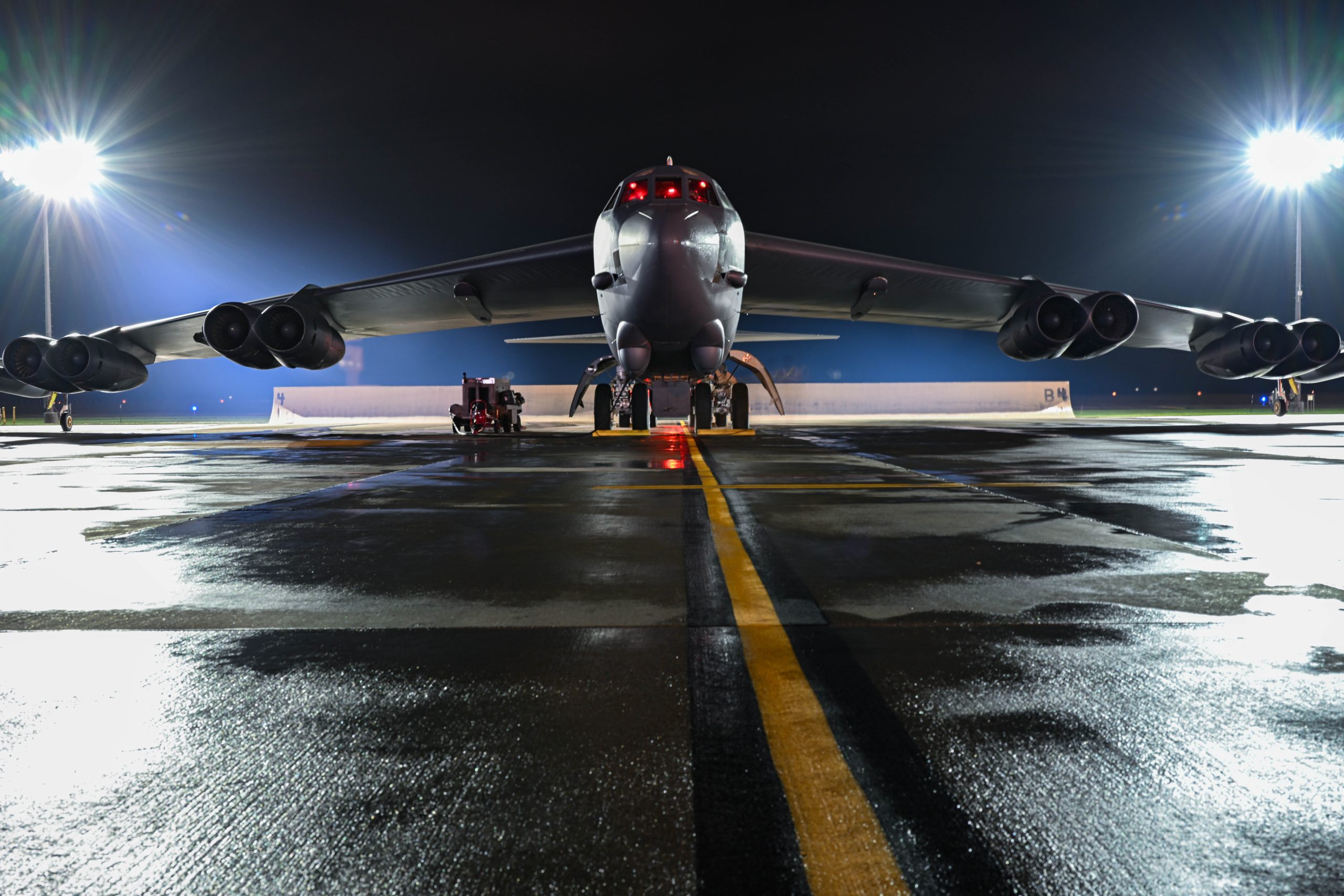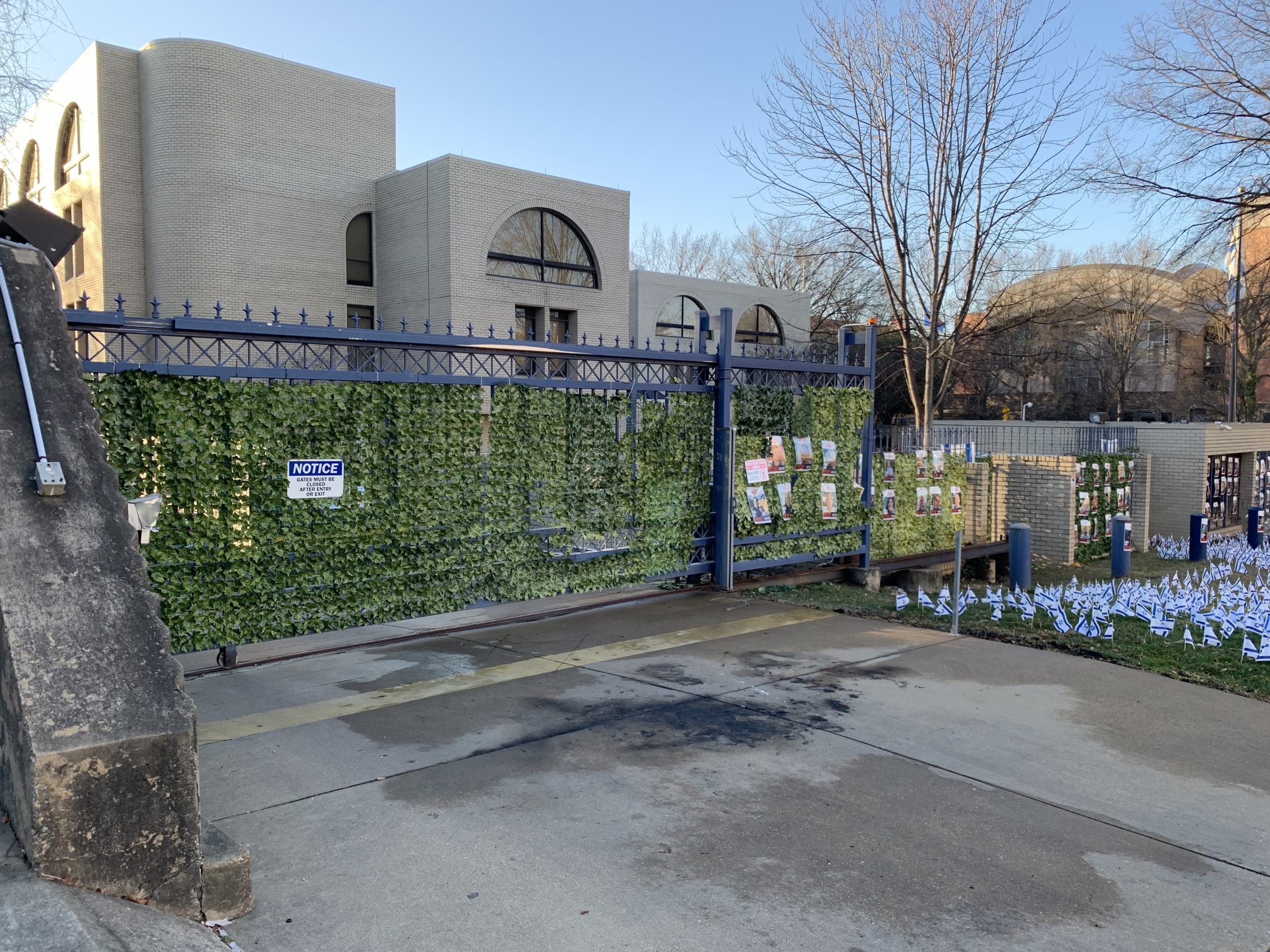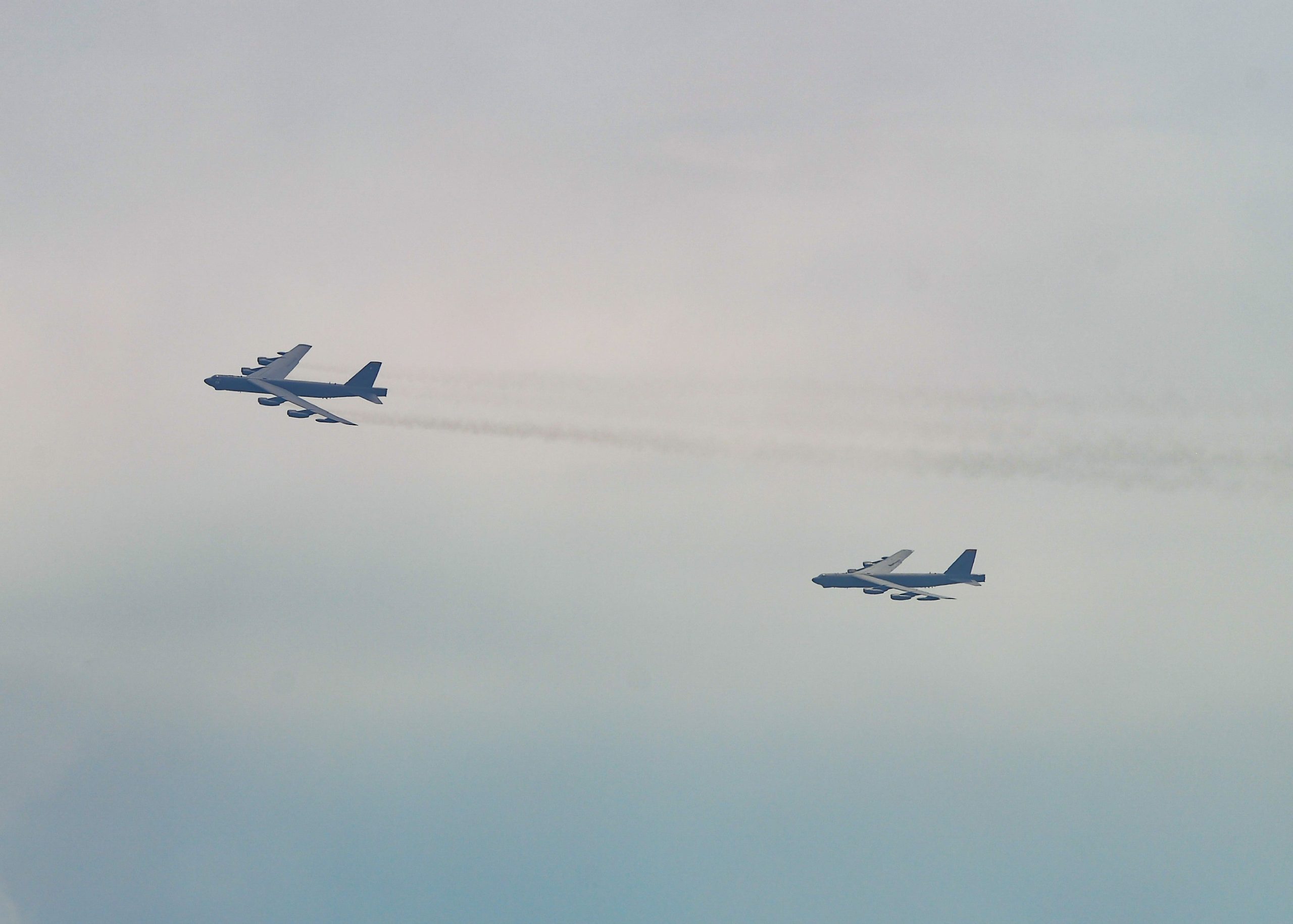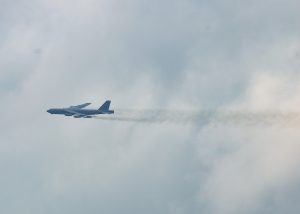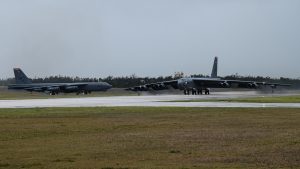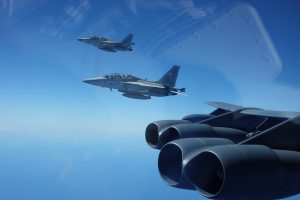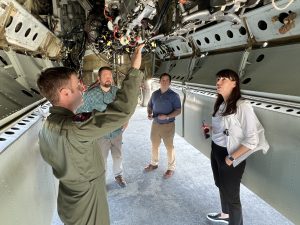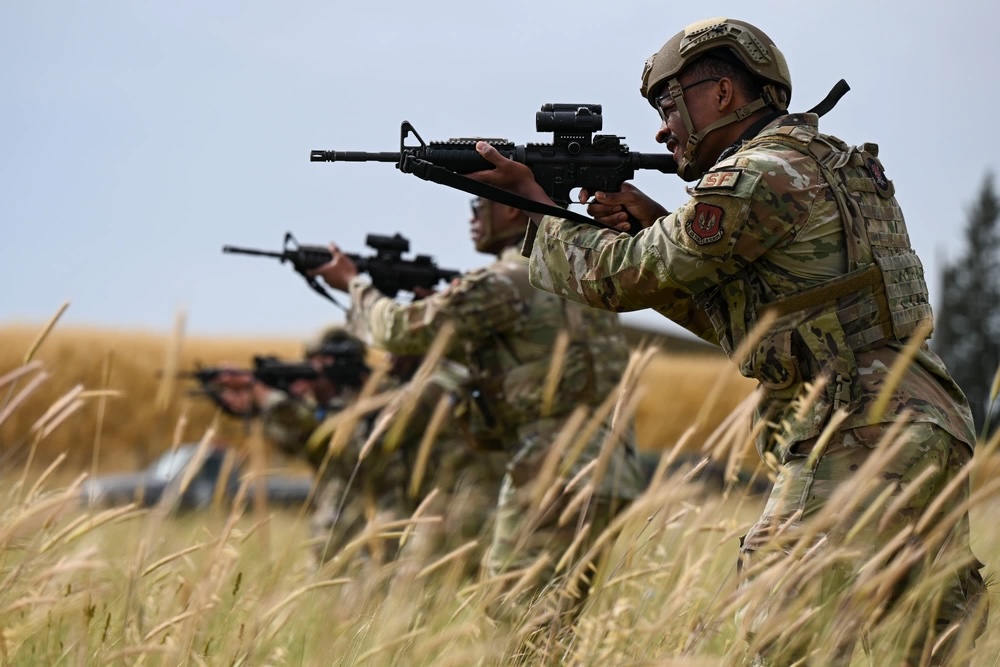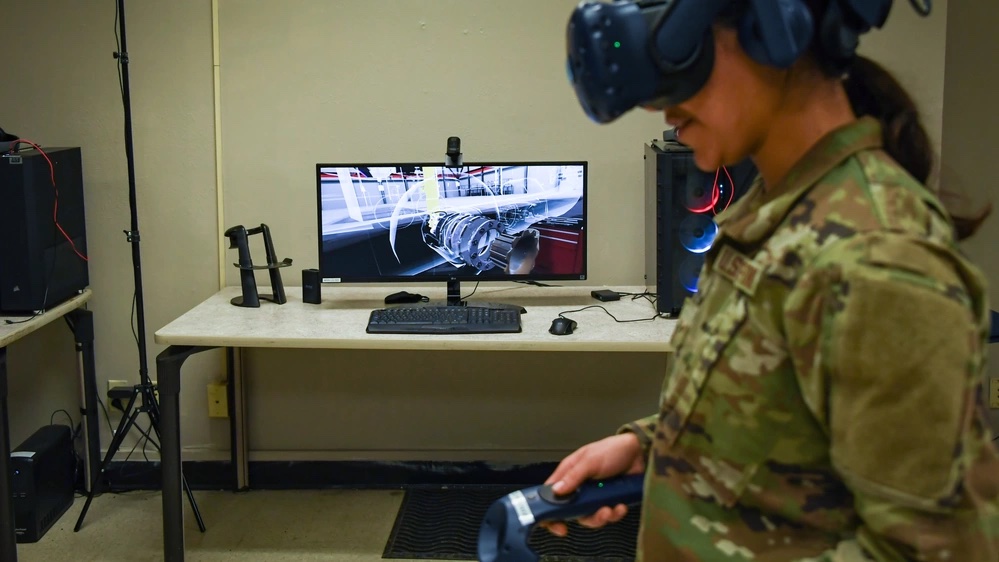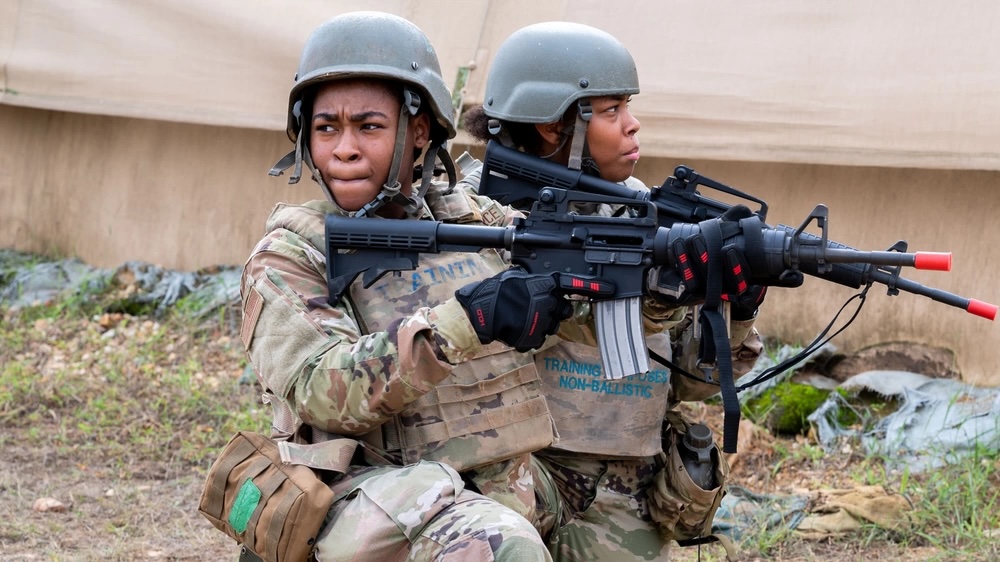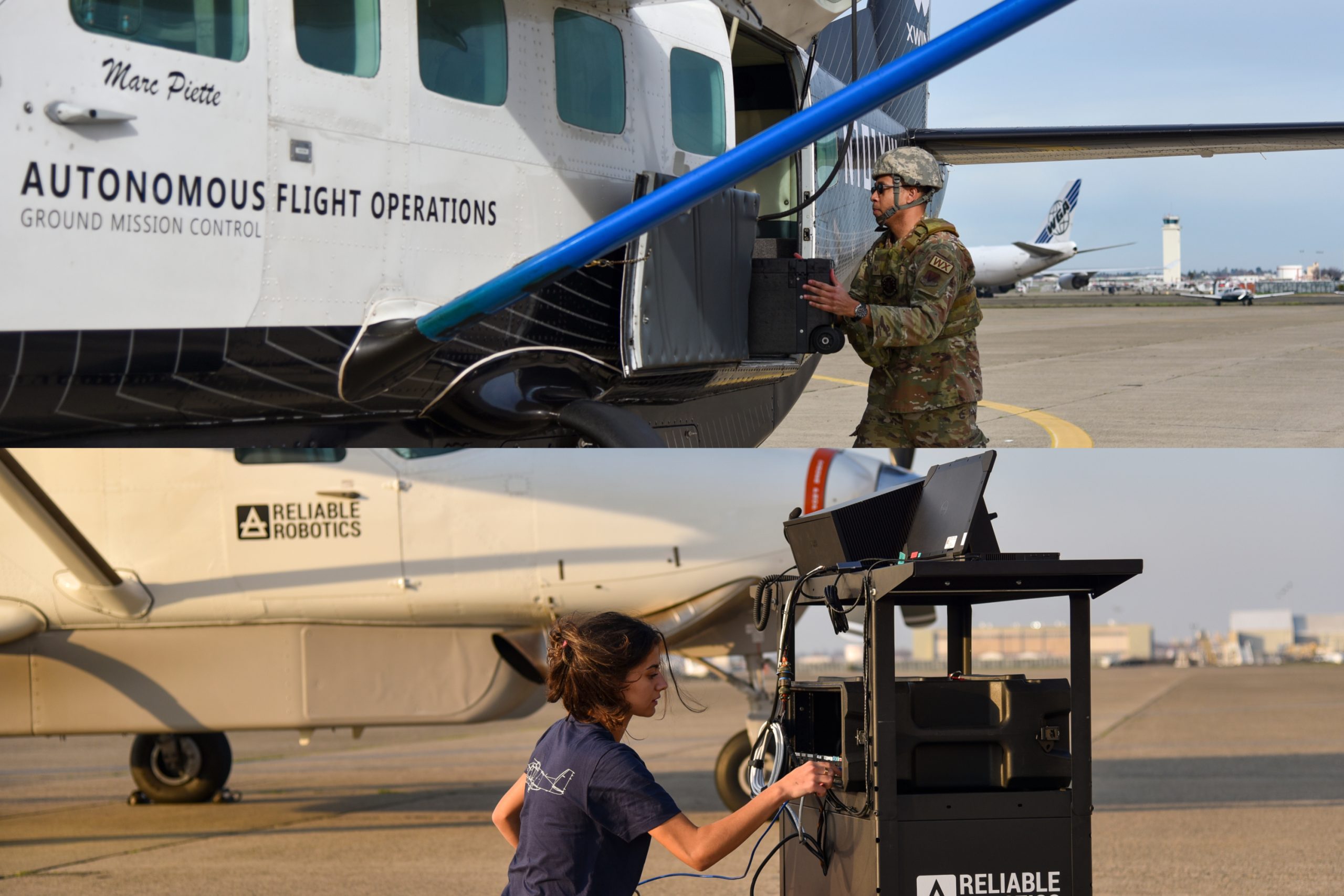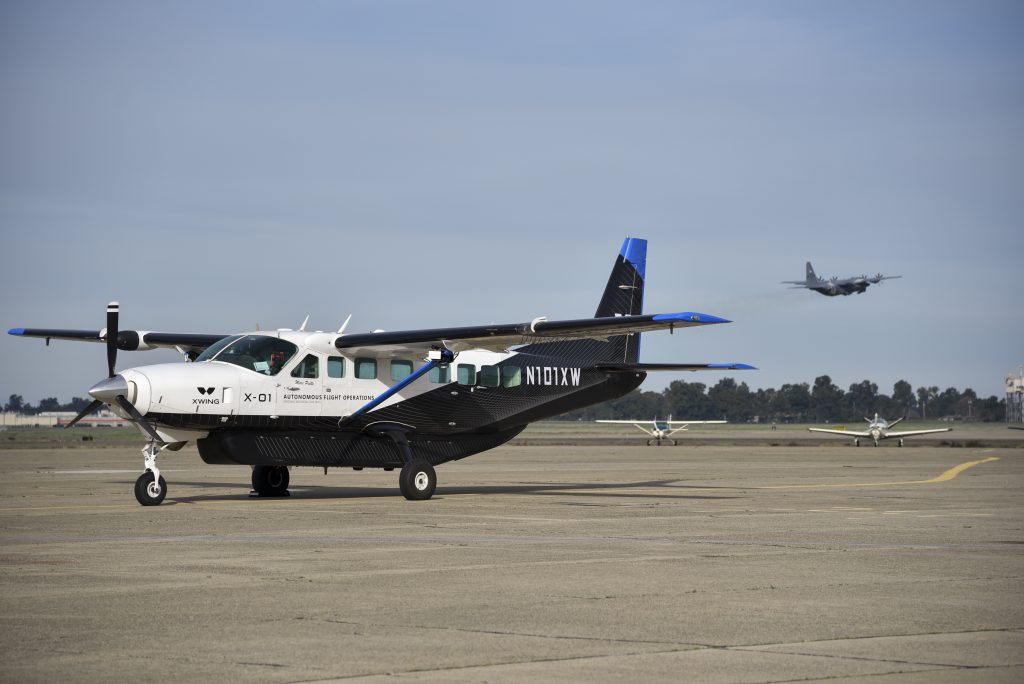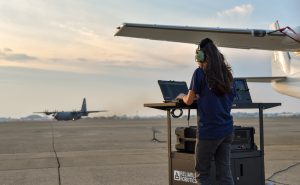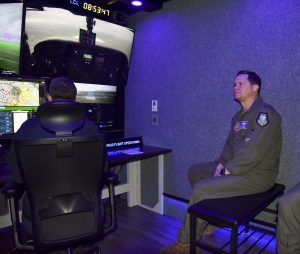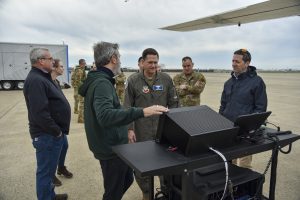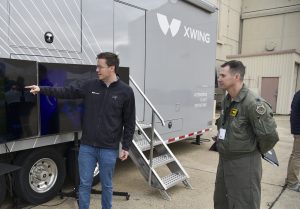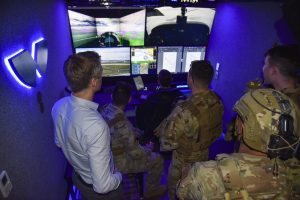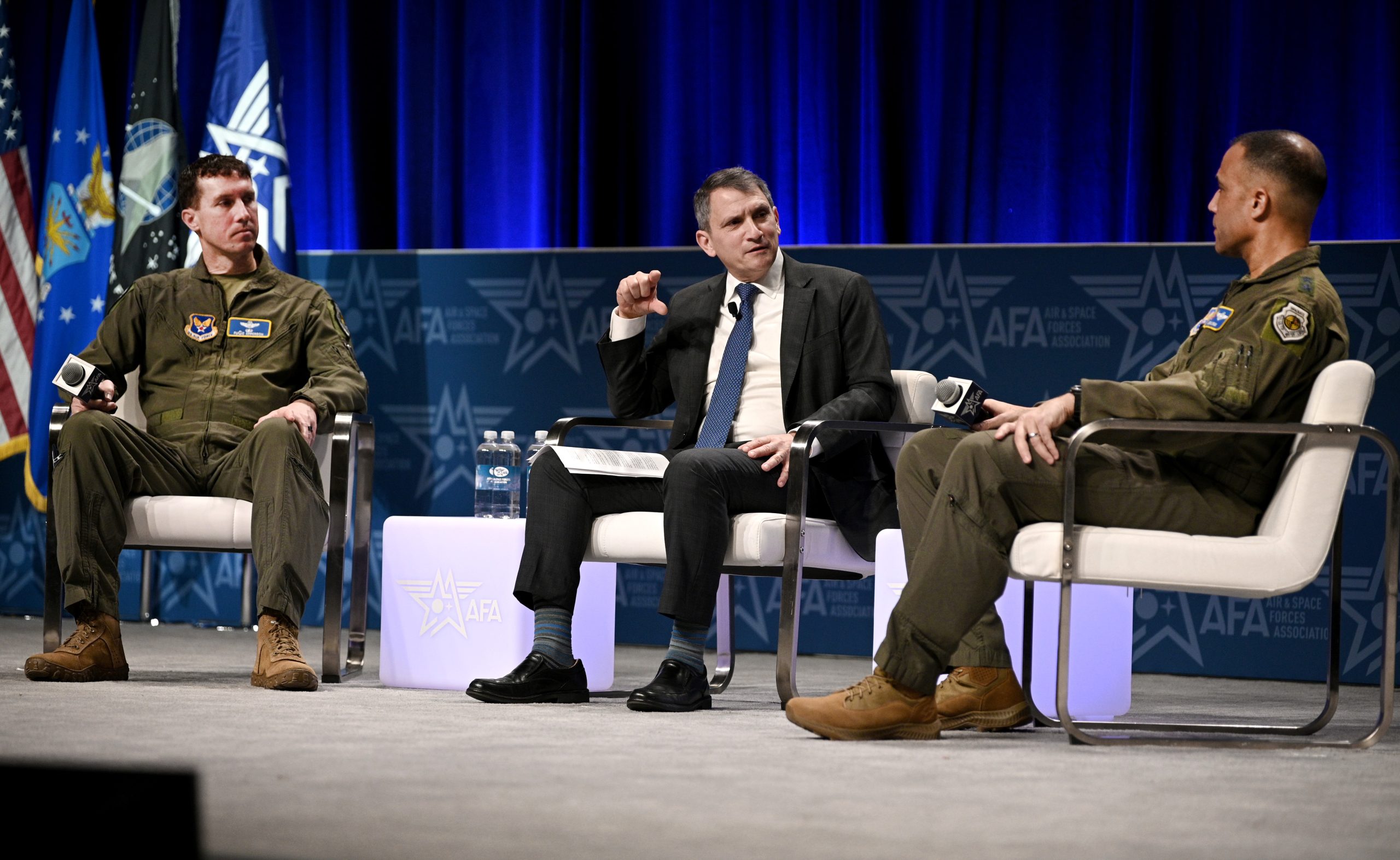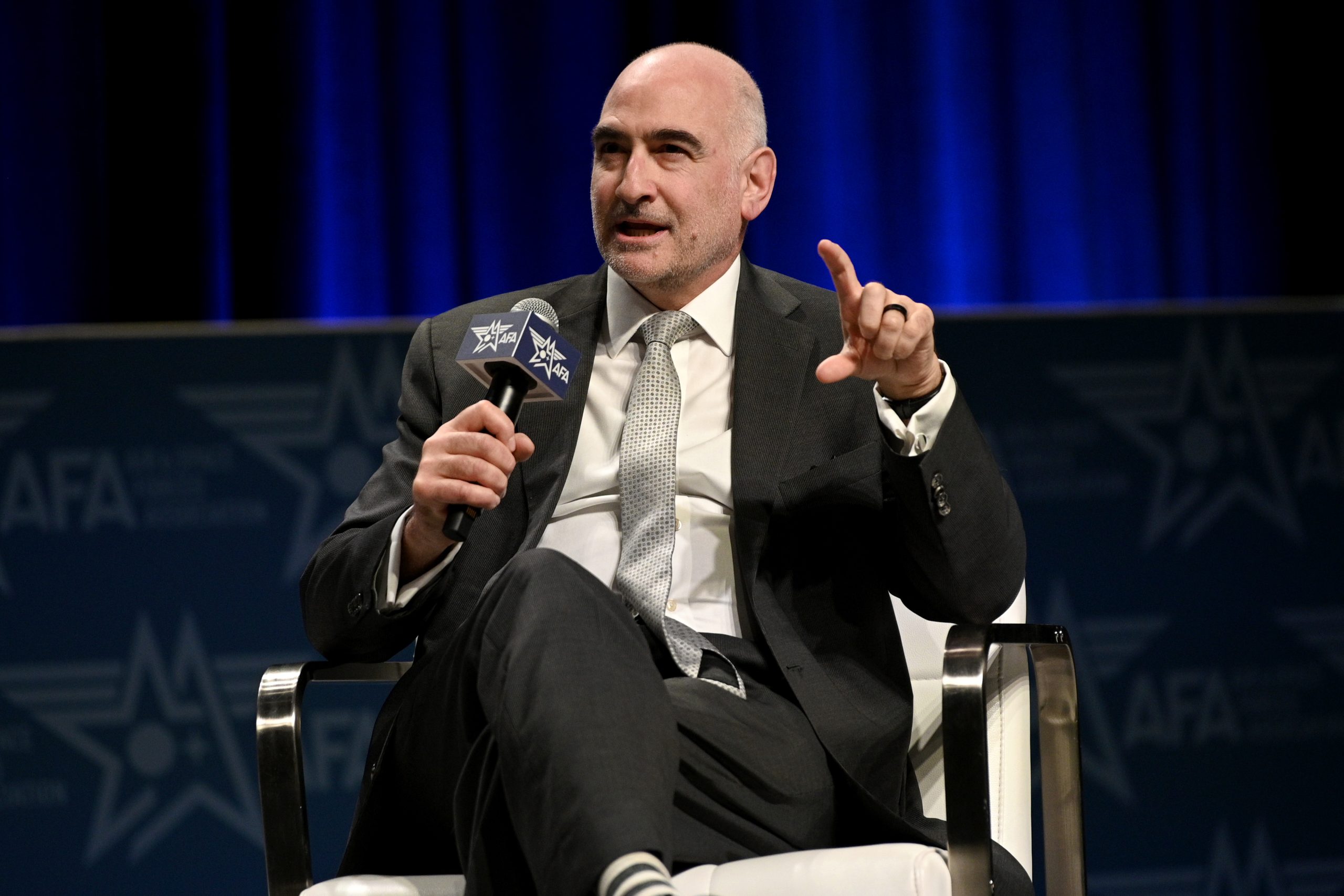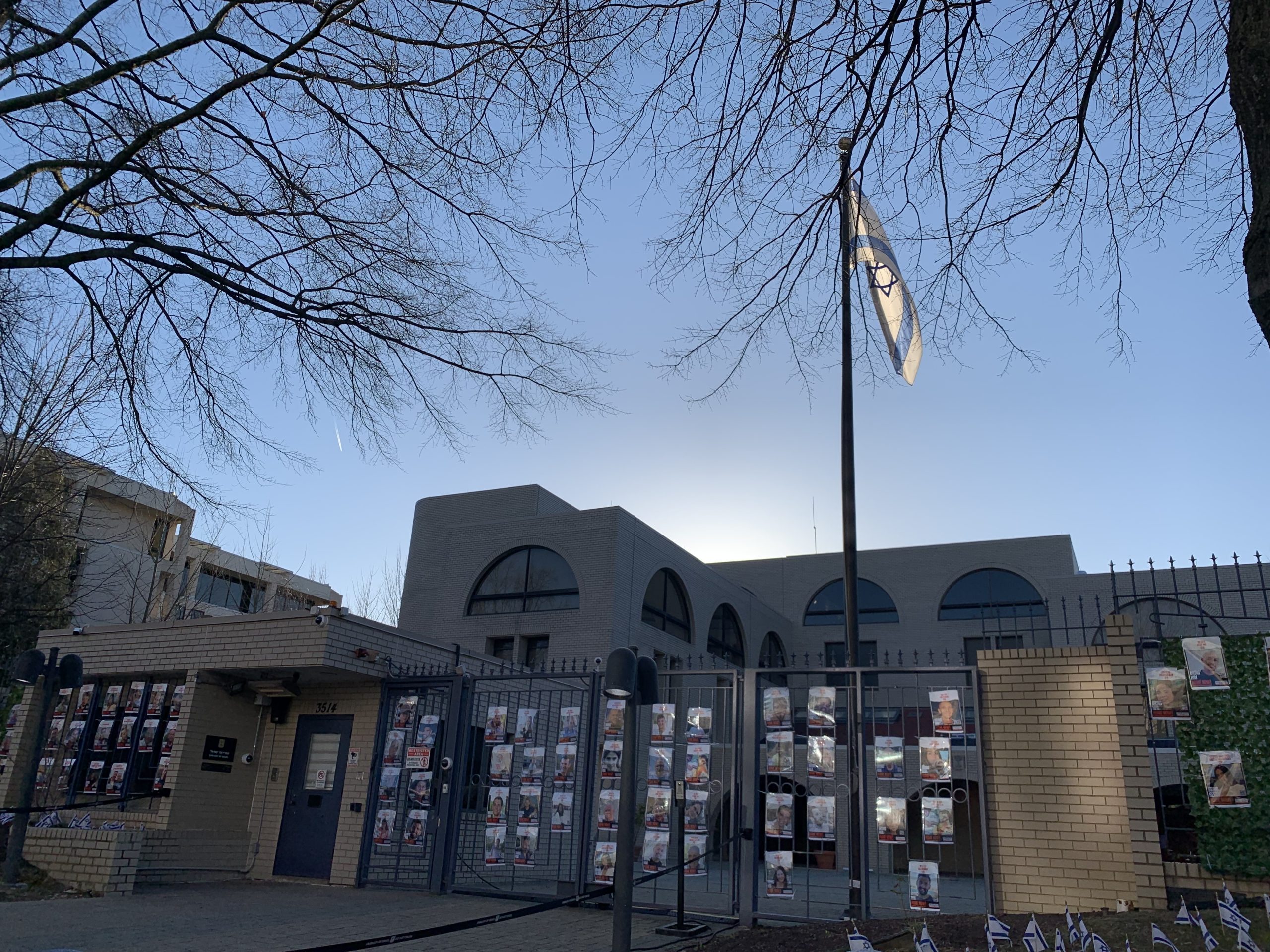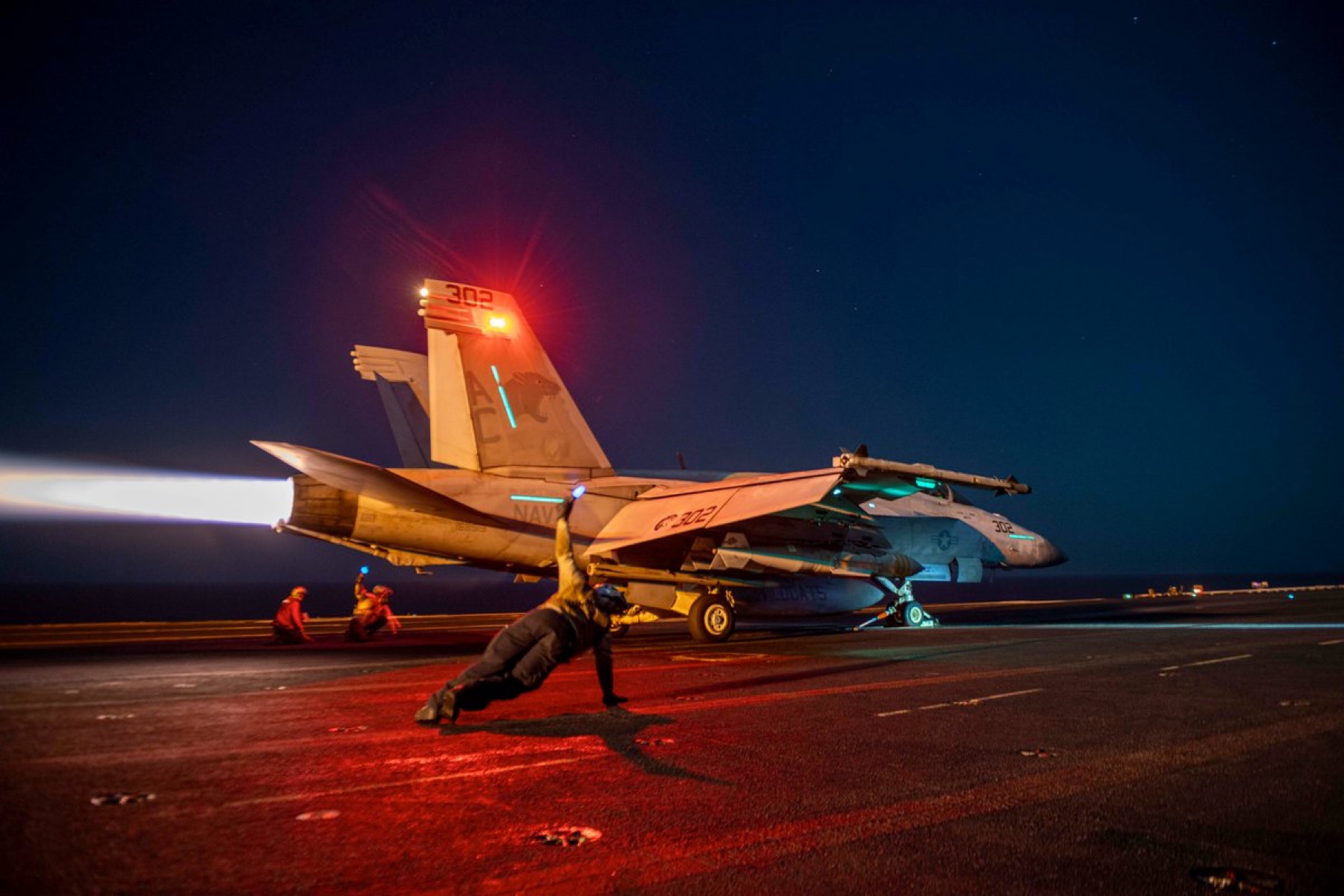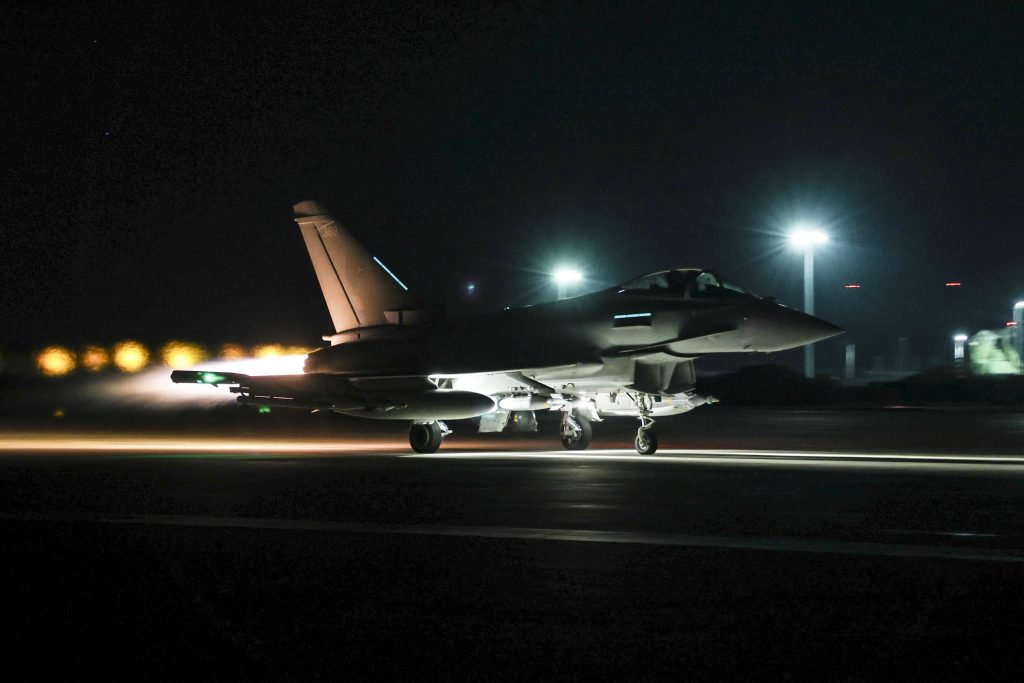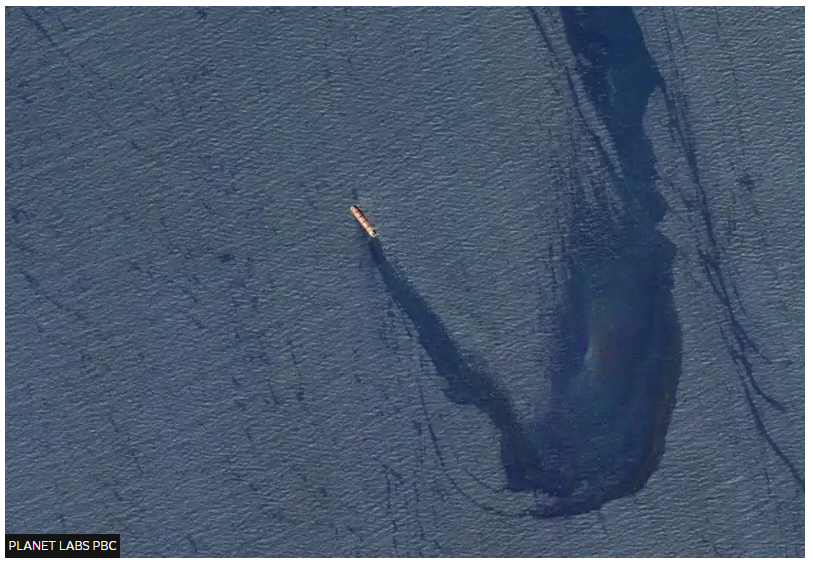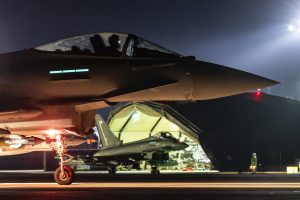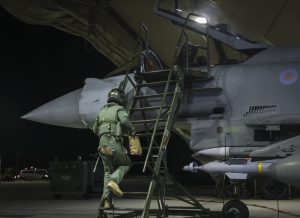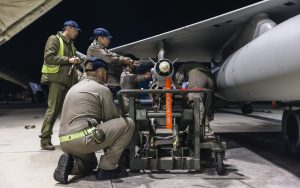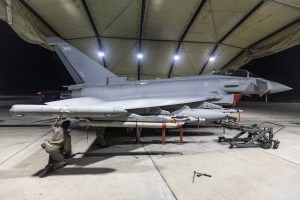A B-52H bomber at Minot Air Force Base, N.D. executed an emergency landing due to an engine fire early Feb. 23.
All crew members are unharmed, a base spokesperson told Air & Space Forces Magazine. Asked if the base’s runway remains open, the spokesperson declined to comment but said bomber operations at the base are continuing as usual as of Feb. 27.
A single engine fire lead the pilot to land the bomber at approximately 12:52 a.m, and the base fire department arrived on the scene and extinguished the aircraft fire, according to the base’s host unit, the 5th Bomb Wing. The bomber is powered by eight engines and is designed to fly and land safely in the event of up to two engine failures.
“First and foremost, the 5th Bomb Wing is incredibly thankful to all our Airmen who made it home safely,” 5th Bomb Wing Commander Col. Daniel Hoadley said in the statement. “I would like to recognize our outstanding base fire fighters for their expeditious response.”
The popular unofficial Facebook page “amn/nco/snco” first reported the incident, with an anonymous, unconfirmed post that “a CSD (Constant speed drive that runs the generator) caught fire on landing and burned through that engine and part of the wing.” The page later posted a purported image of the engine, showing extensive damage.
It is currently unknown what caused the fire, and the incident is under investigation, following standard protocol for accidents involving military operations.
The last major public B-52 mishap was in 2017, when an engine fell off the aircraft during a training flight at Minot. The pilot successfully landed the bomber without incident and all Airmen on board were unharmed, but one of its Pratt & Whitney TF33-P-3/103 turbofan engines crashed in an unpopulated area.
In May 2016, during a routine training mission at Andersen Air Force Base in Guam, a mishap destroyed a B-52 bomber. The pilot, from the 69th Expeditionary Bomb Squadron sensed issues during takeoff and initiated abort procedures. However, the drag chute failed, causing the aircraft to exceed brake energy limits, overshoot the runway, and catch fire. All seven aircrew members escaped, with one receiving treatment for minor injuries. The total loss of the aircraft was valued at $112 million.
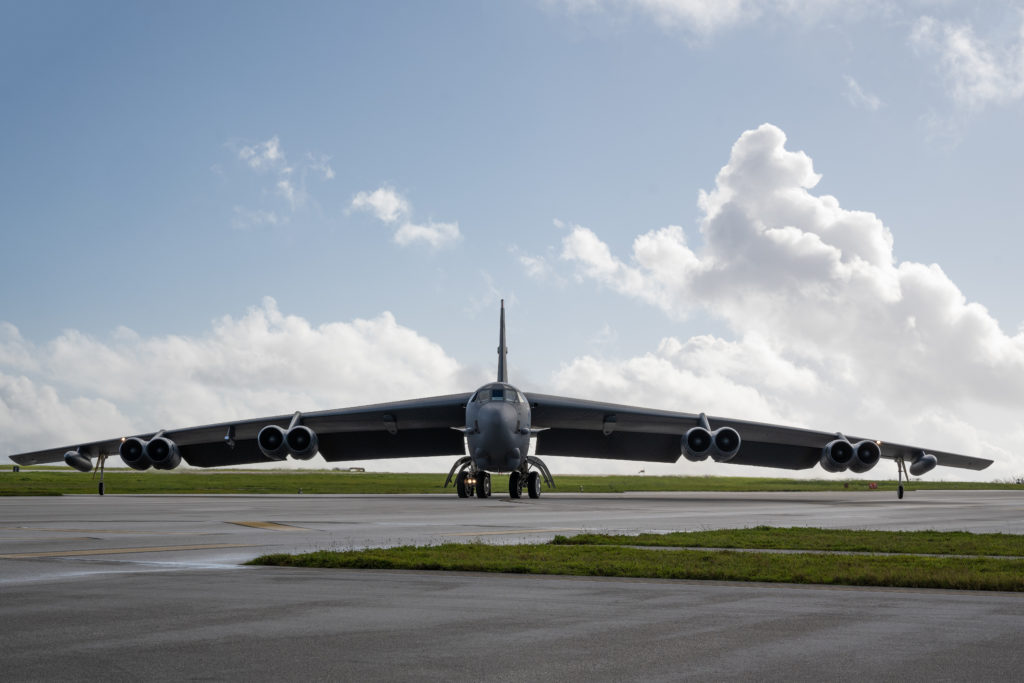
The Air Force anticipates upgrading B-52 engines in the late 2020s or early 2030s with Rolls Royce’s F130 engine intended to be a one-to-one replacement of its current TF33 engines. The F130 is a militarized version of the company’s commercial BR725, which the Air Force already operates on its C-37 VIP transport and E-11 BACN (Battlefield Airborne Communications Node). Rolls Royce will supply the engines, while Boeing, the original manufacturer of the Stratofortress, will integrate them onto the aircraft.
Four B-52s from Minot Air Force Base were deployed to Guam in late January to support Pacific Air Force’s mission. The bombers have recently participated in several public missions, including the three-week multilateral Cope North exercise and a one-day exercise with Philippine fighters over South China Sea this month. Additionally, two of the bombers conducted flyovers at the Singapore Airshow last week.
